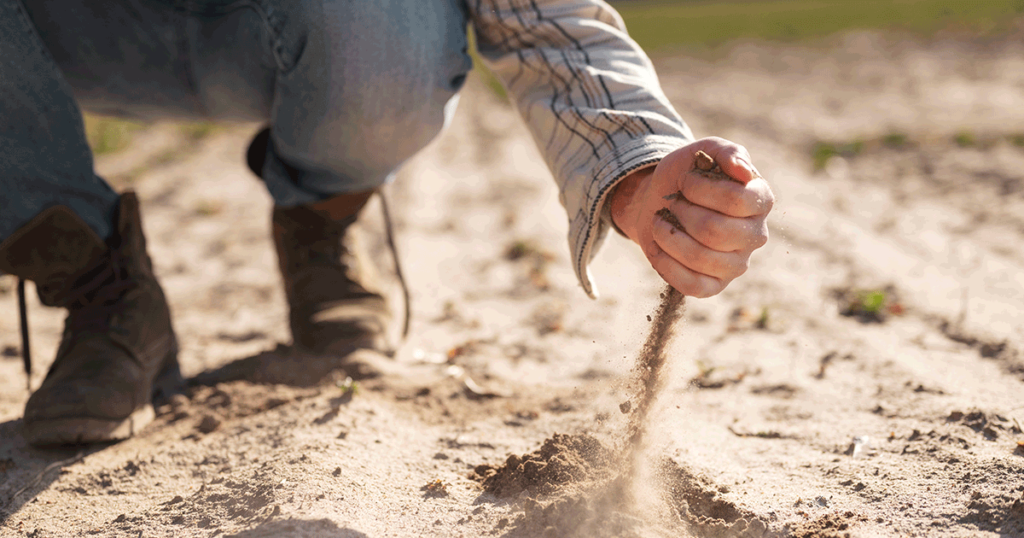
Gypsum effects on saline and sodic soils
Soils become saline in many ways. Weathering of parent rock and lack of salt transfer due to low precipitation are the main reasons for primary soil salinity in arid and semi-arid regions. Salt accumulation caused by poor irrigation management and or use of low-quality water are among the major reasons for expansion of salinity in lands under irrigation worldwide. Salt transferred by wind from adjacent saline and dry areas and or by small drops of seawater to other areas and or salt transfer by groundwater under the influence of capillary forces also are important in some regions.
Magnesium effect on soil:
Sequential increases in sodium and or removal of calcium due to lime precipitation in soil cause relative increases in sodium ions on soil particles and formation of sodic soils. Suitable irrigation water has calcium to magnesium ratios higher than 1. In some soils, excess magnesium acts as sodium and causes problems for soil structure and even for plant growth. As a source of available calcium, agricultural gypsum increases and modifies the calcium to magnesium ratio. The problem of disturbed calcium to magnesium ratio, which is observed in many soils, can be solved by applying gypsum.
The calcium to magnesium ratio is an important factor in soil health, as it can affect the soil structure, the nutrient availability, and the plant growth. Ideally, the ratio should be balanced, with roughly equal amounts of the calcium and magnesium in the soil. However, in many kinds of soils, the ratio is disturbed, with excess magnesium or calcium present.
By applying gypsum to soil, the calcium to magnesium ratio can be improved, helping to create a more balanced soil environment. This can be particularly important in soils with high levels of magnesium, such as those found in arid regions or in soils that have been heavily fertilized with magnesium-rich fertilizers. It’s important to note that the optimal calcium to magnesium ratio can vary depending on specific crops being grown and the soil type. Consulting with a soil or crop expert can help to determine the best approach for achieving a balanced calcium to magnesium ratio in a particular soil.

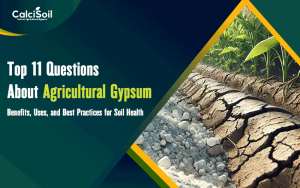
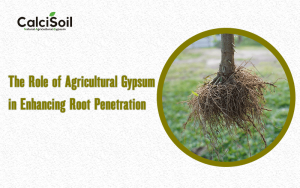
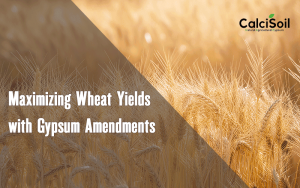

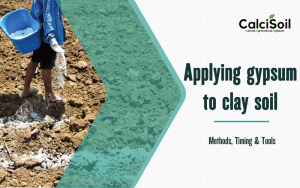
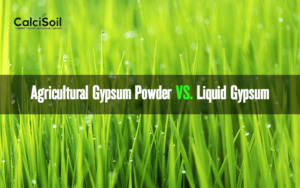


One Response